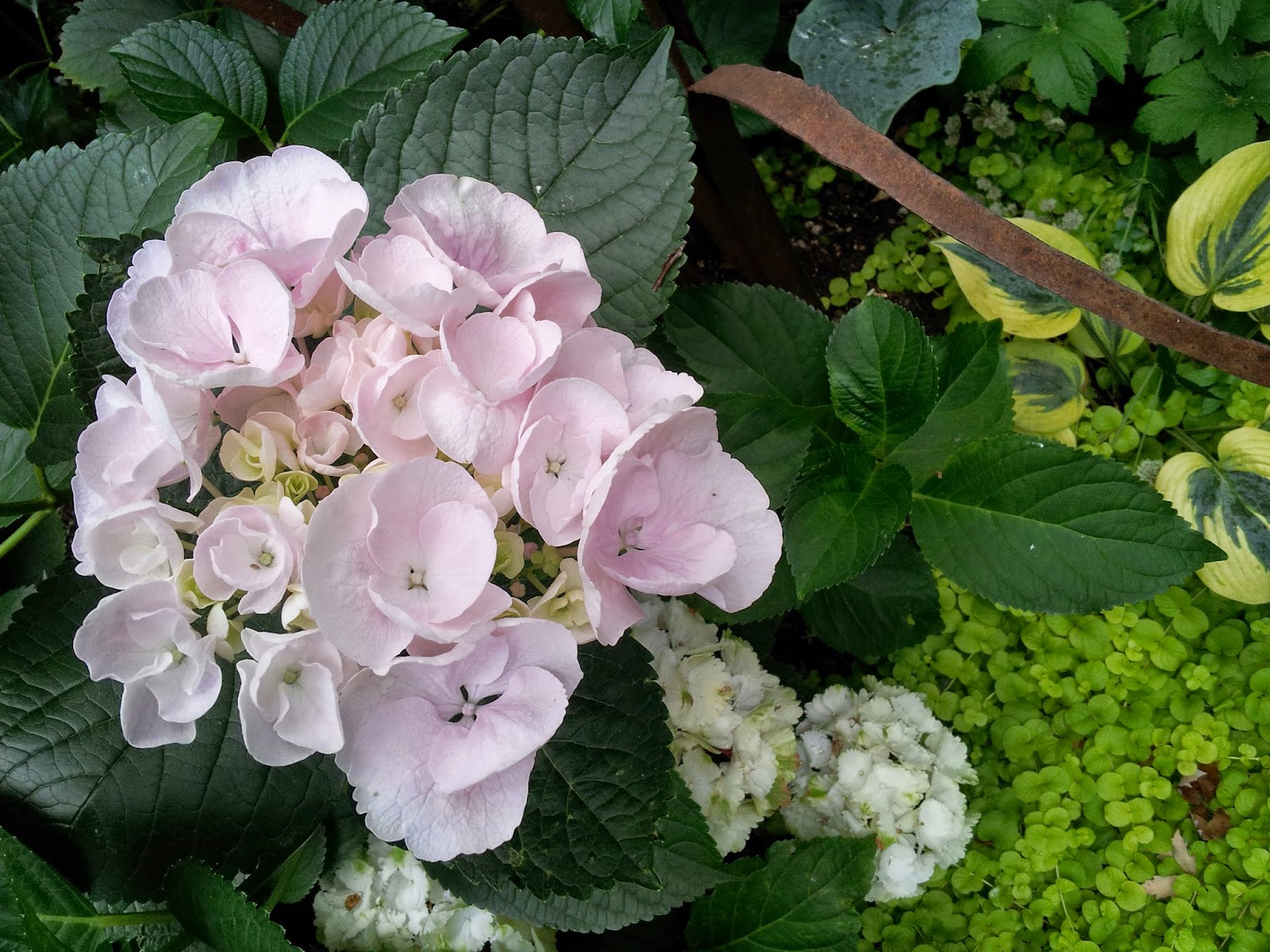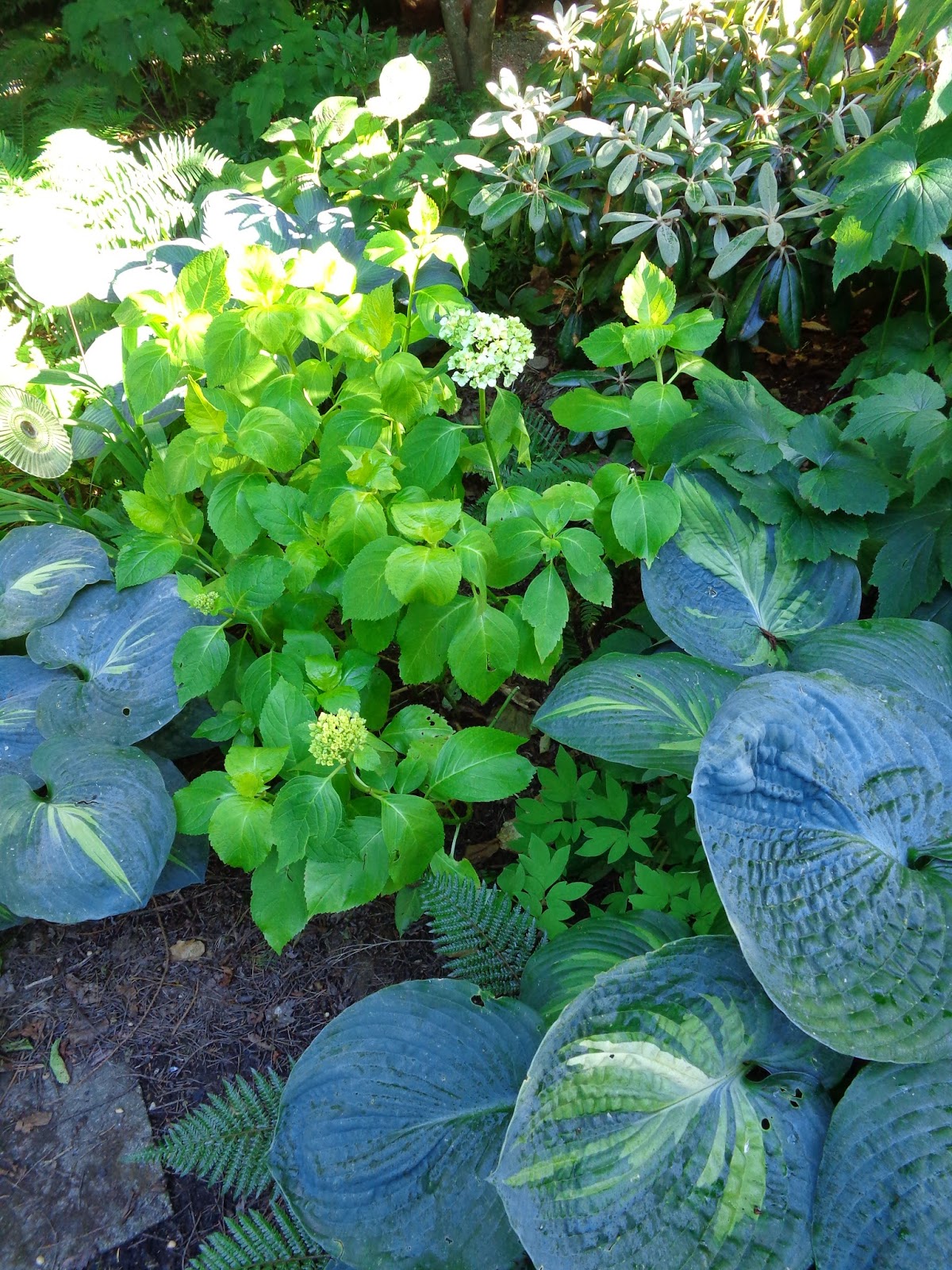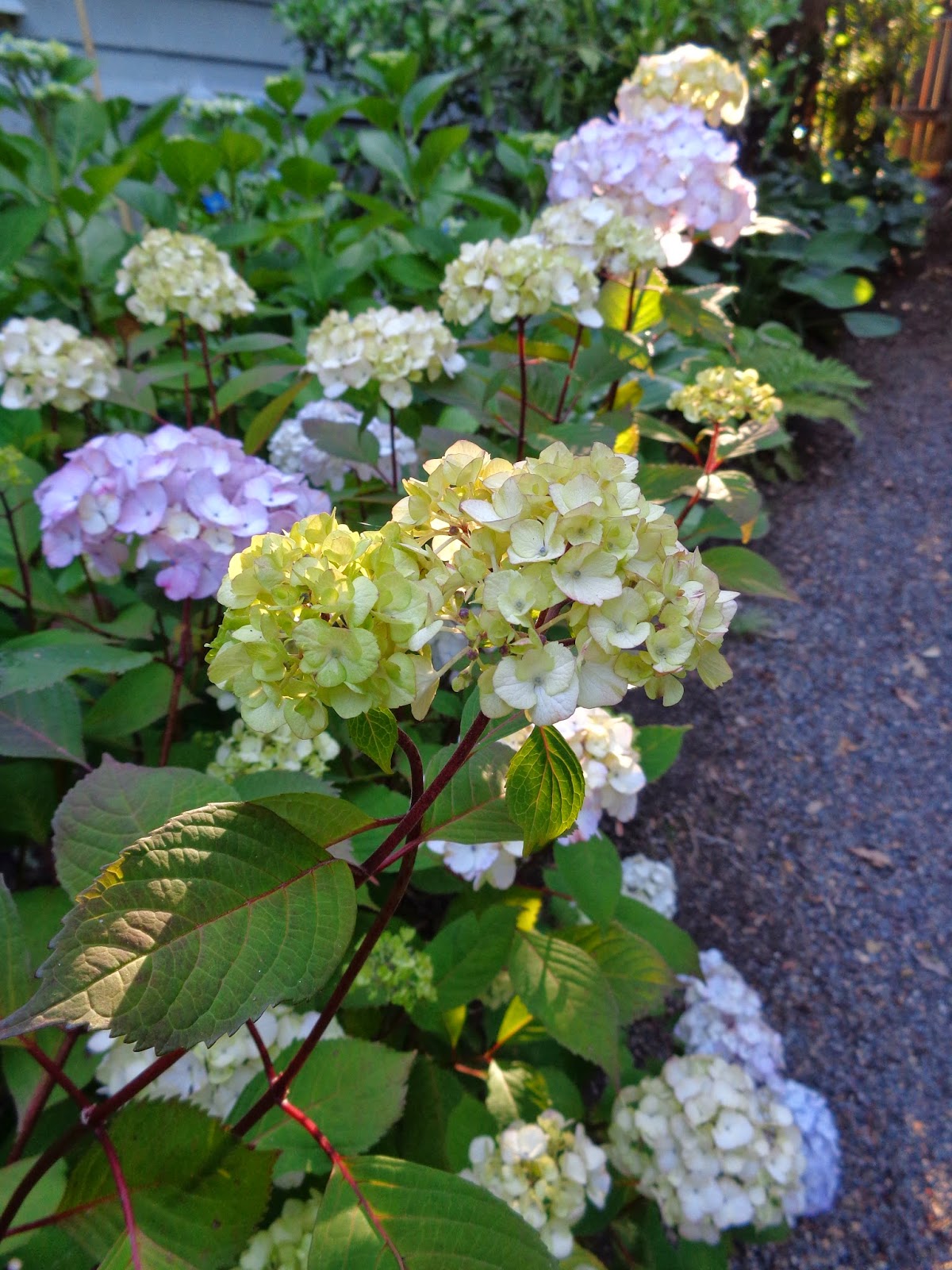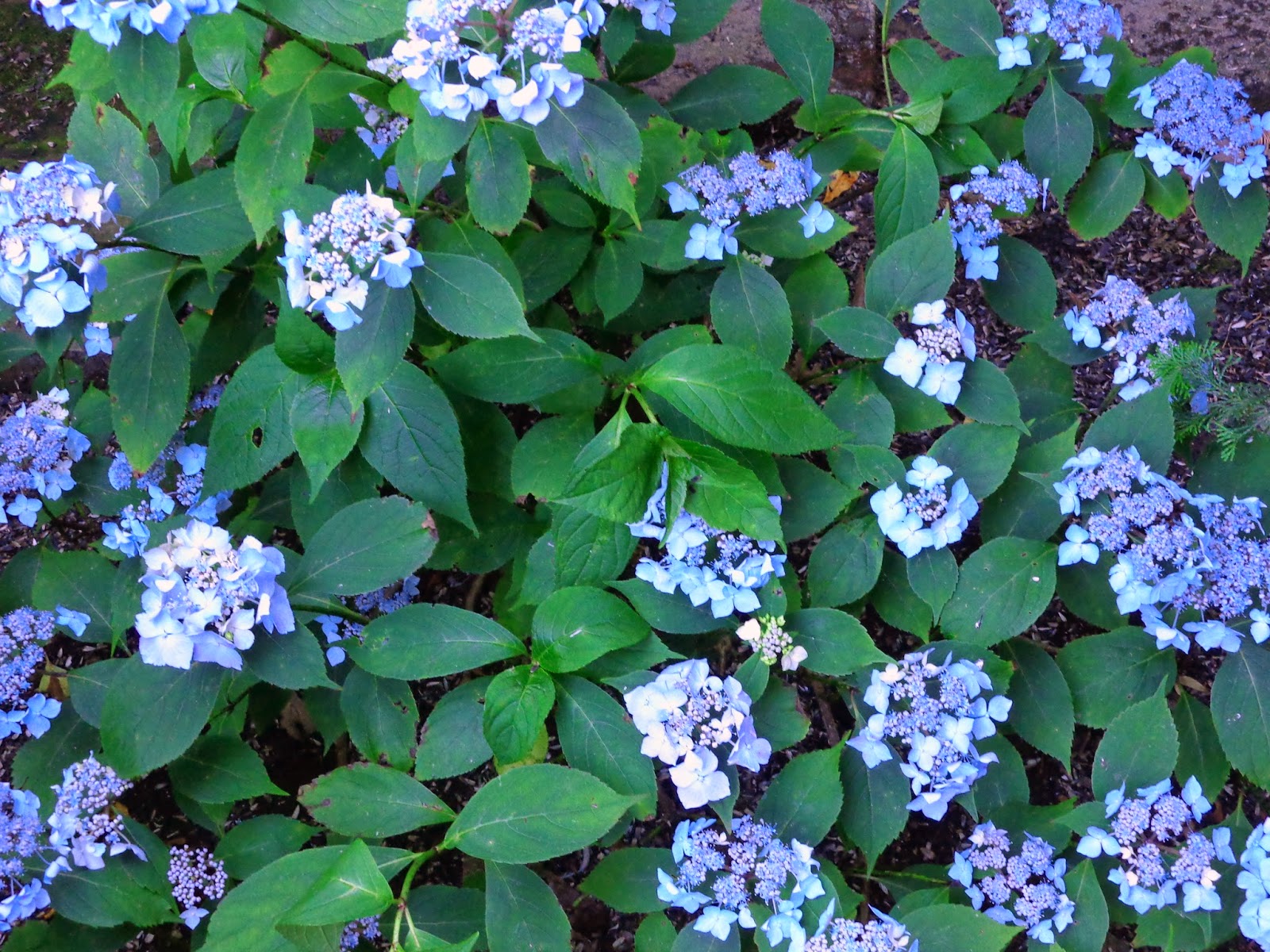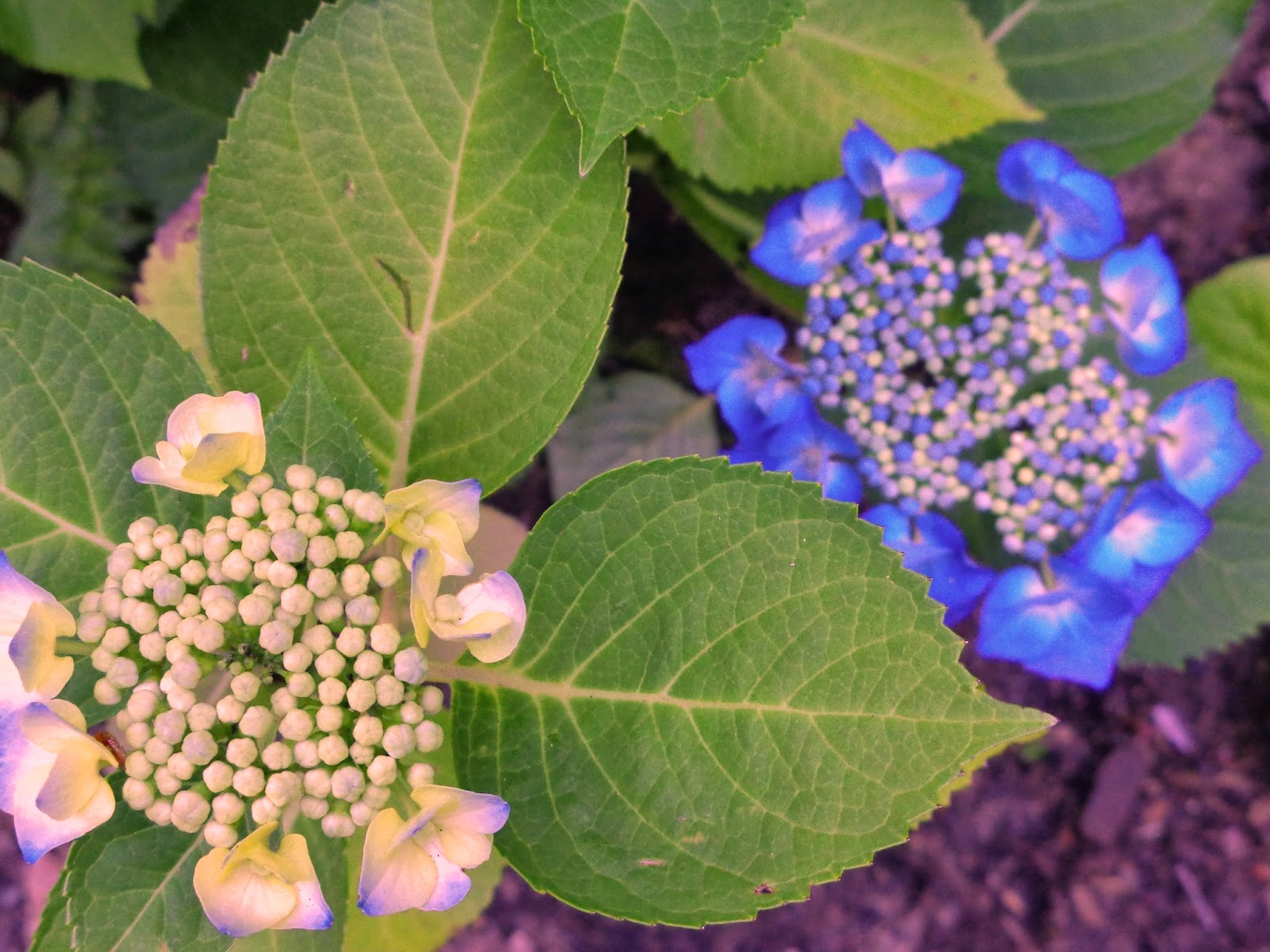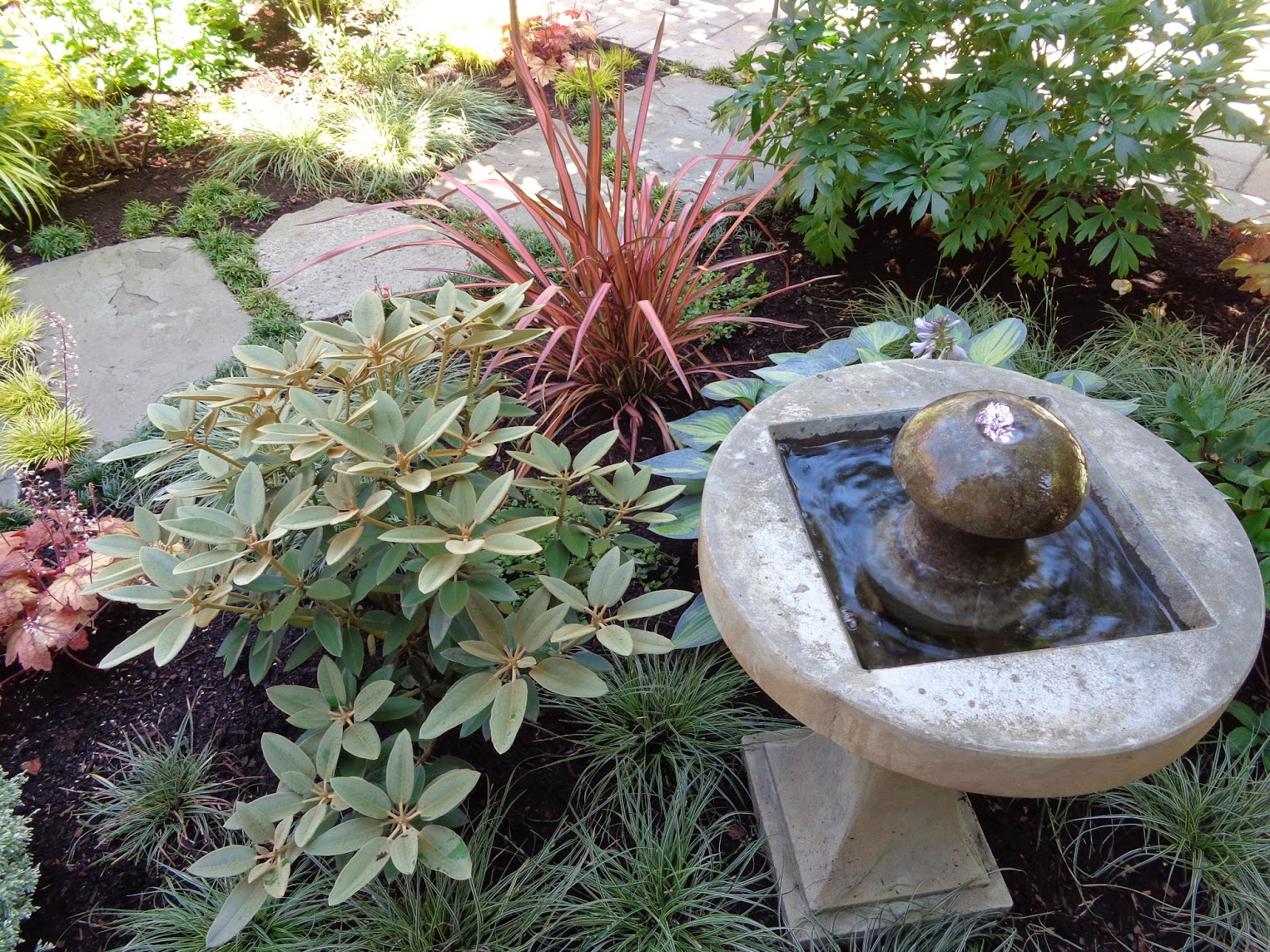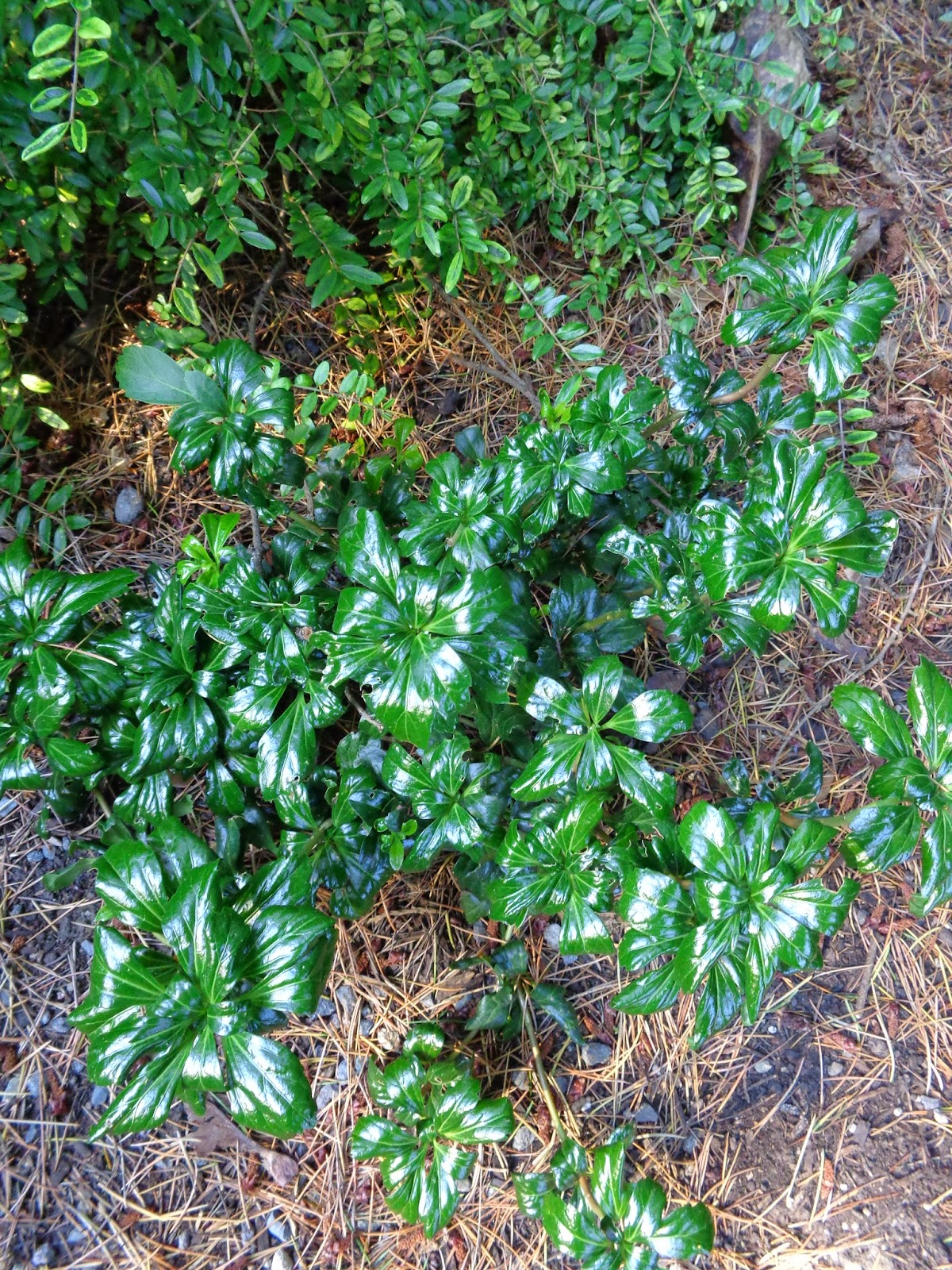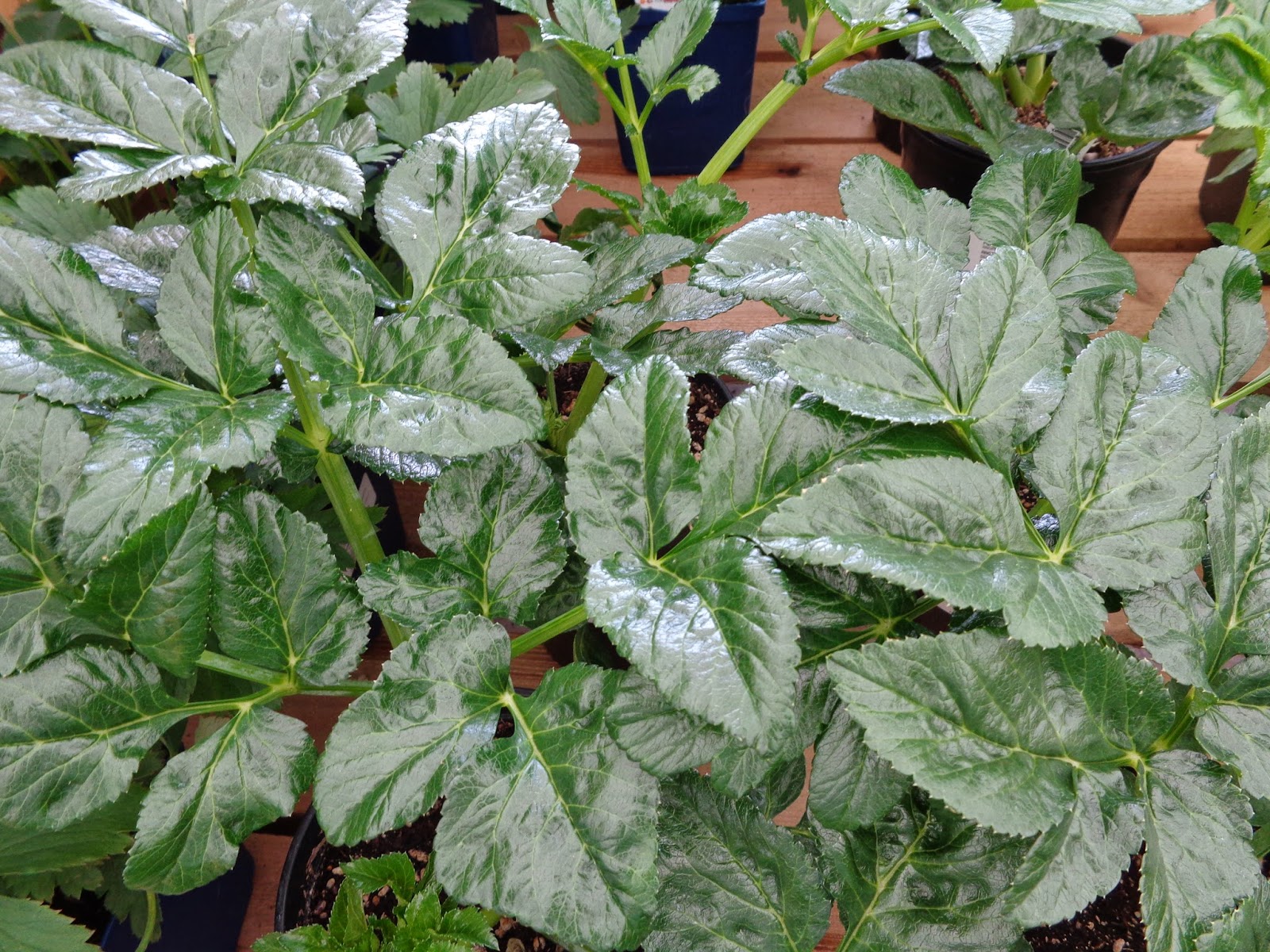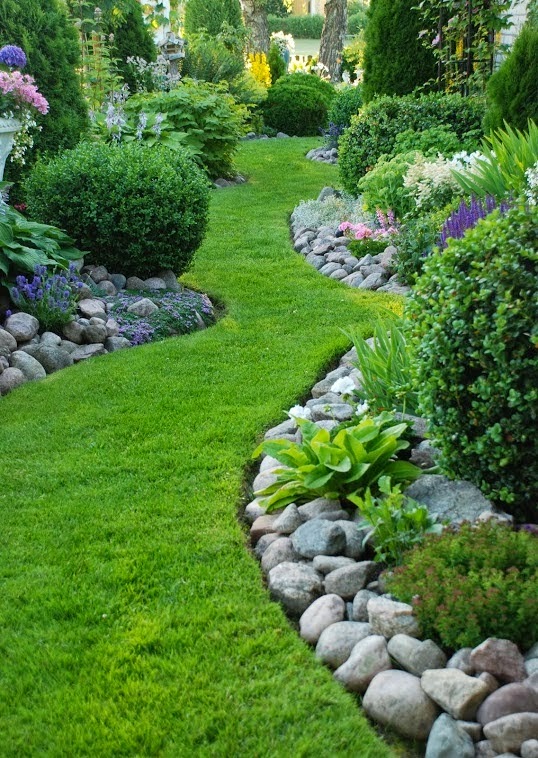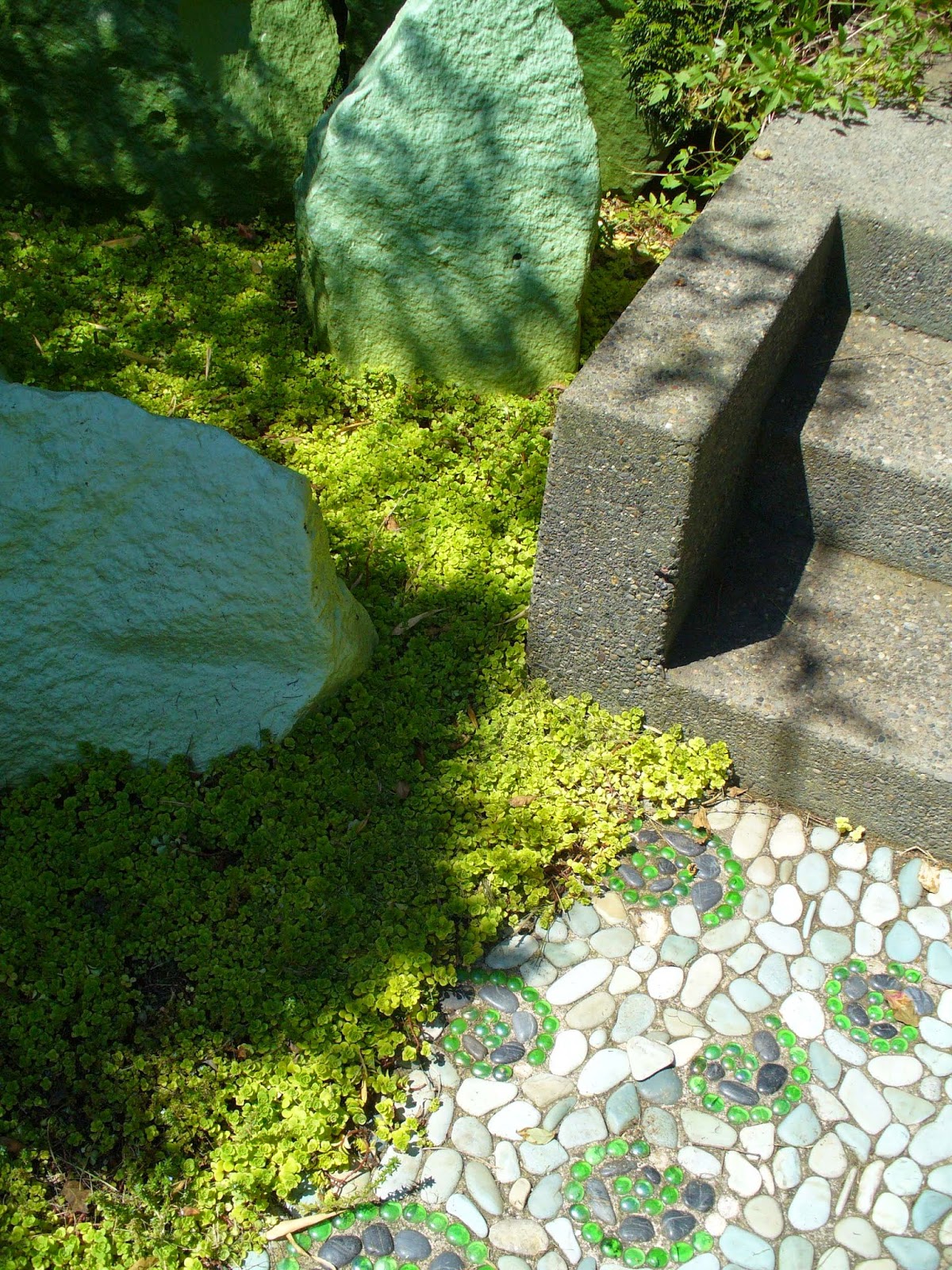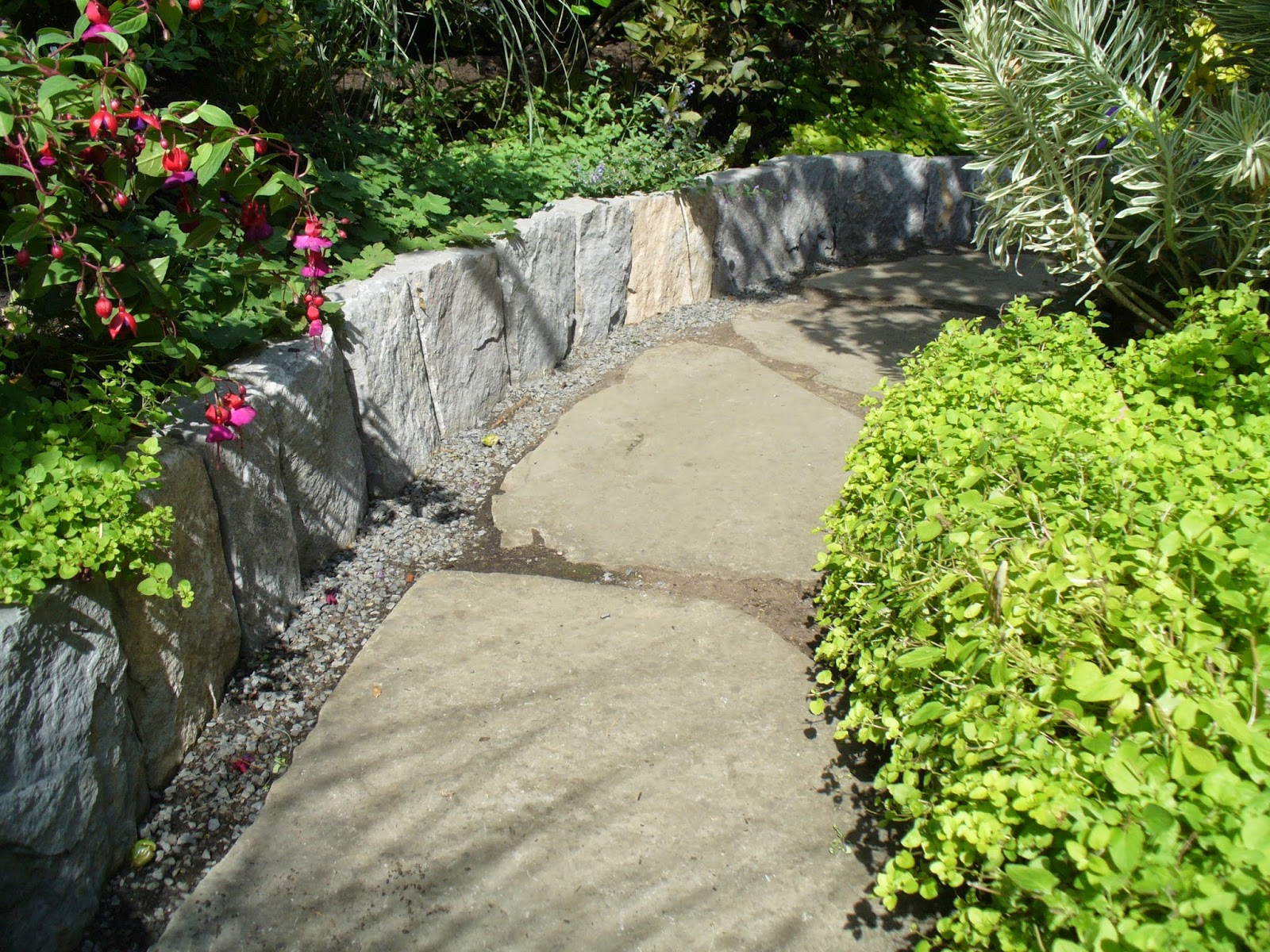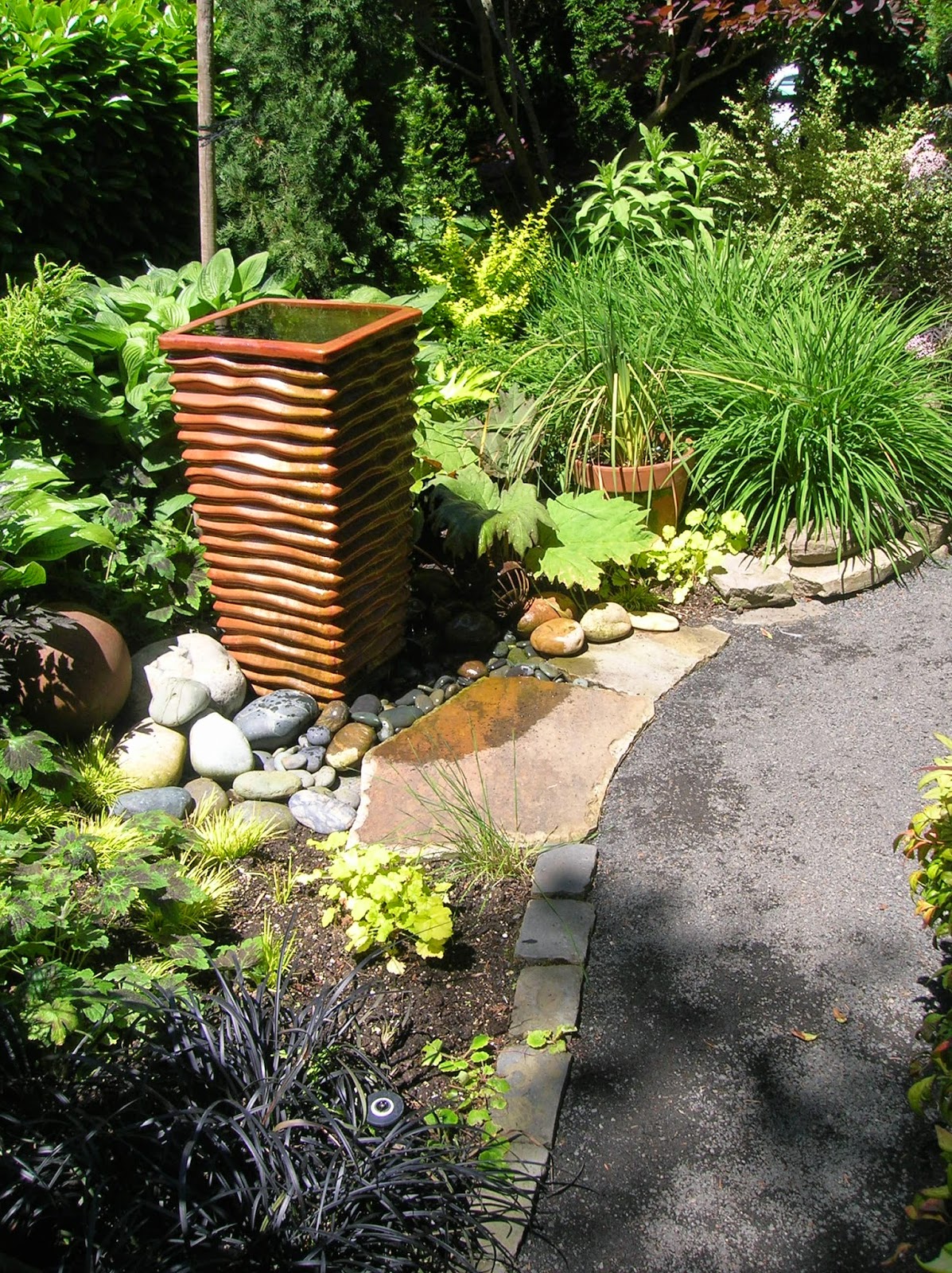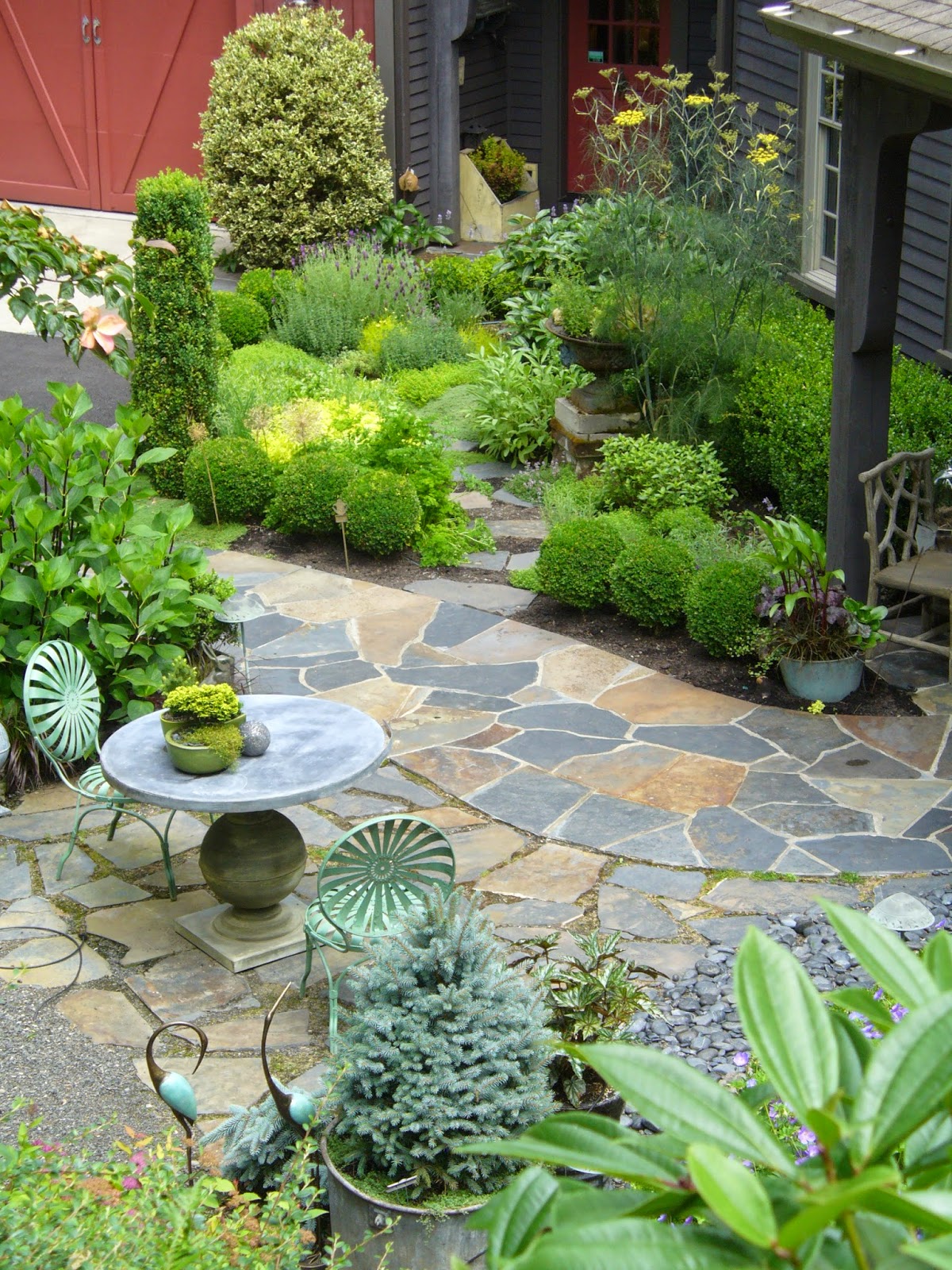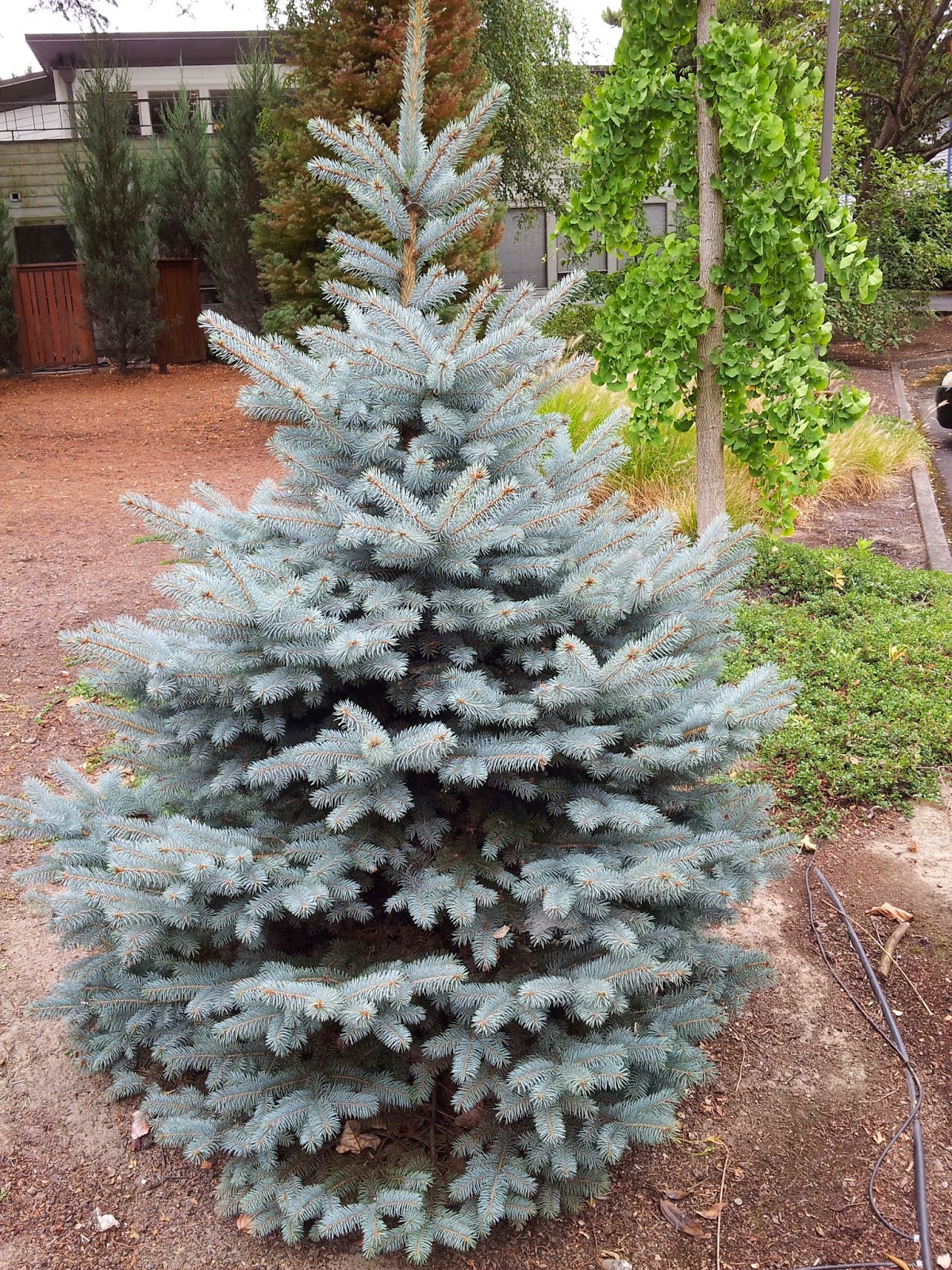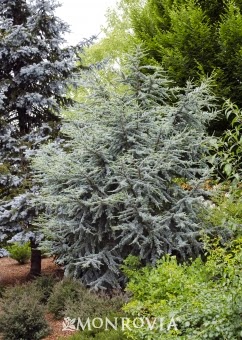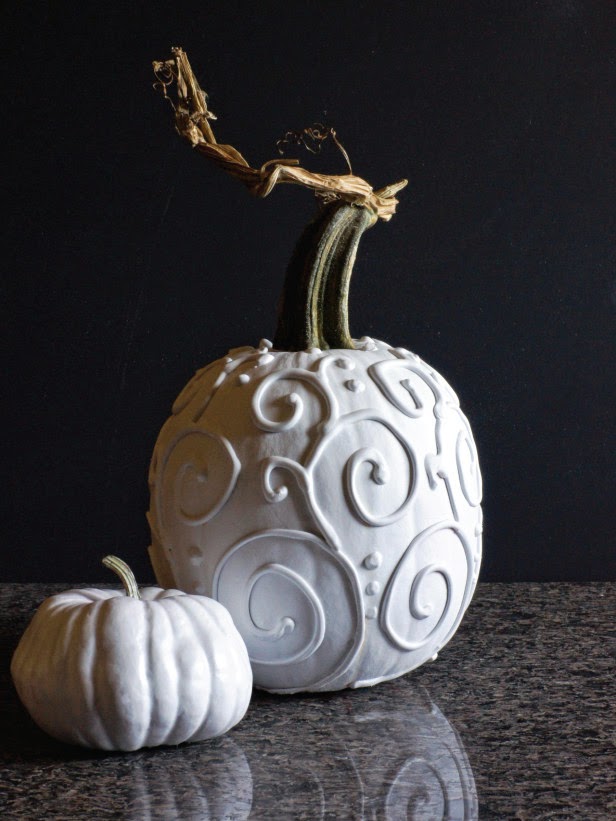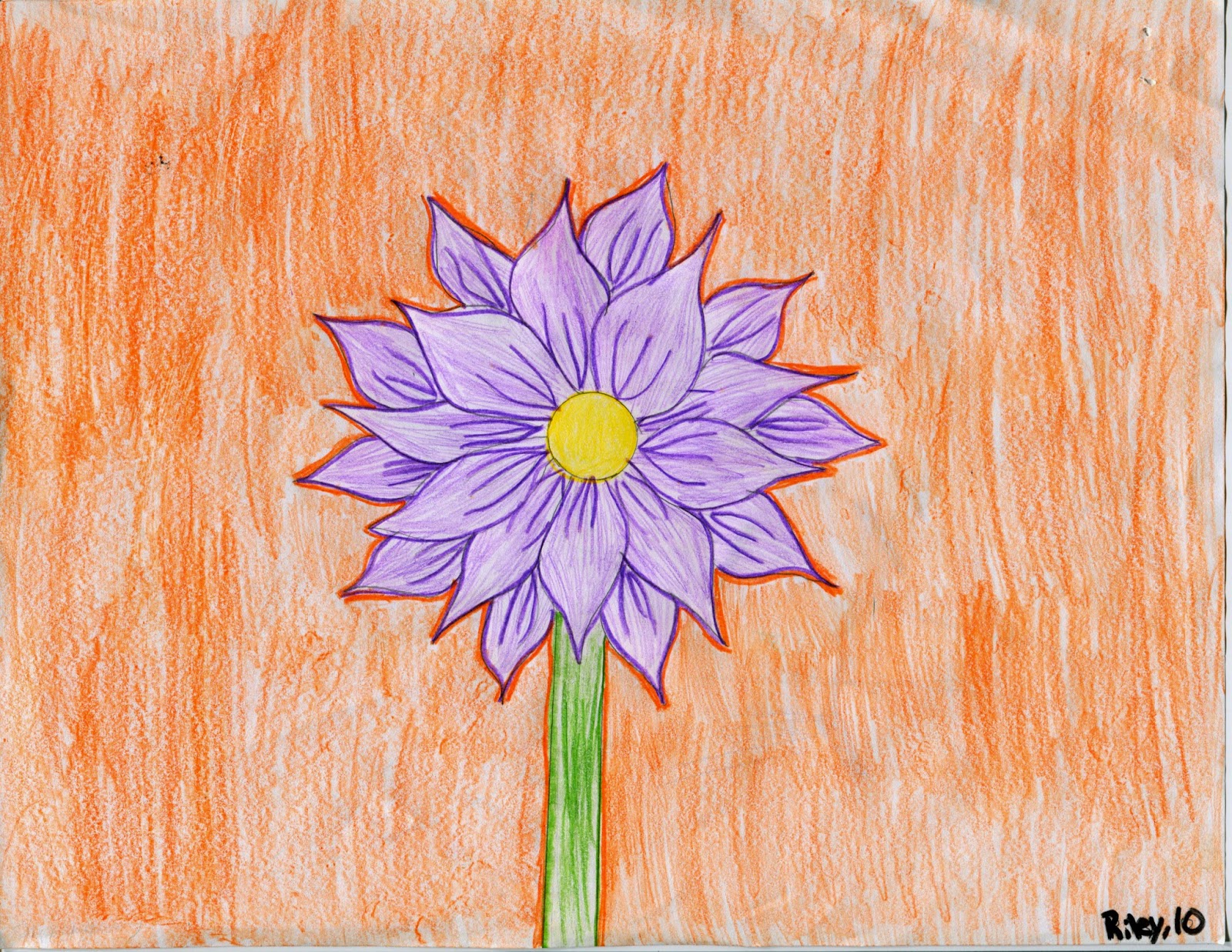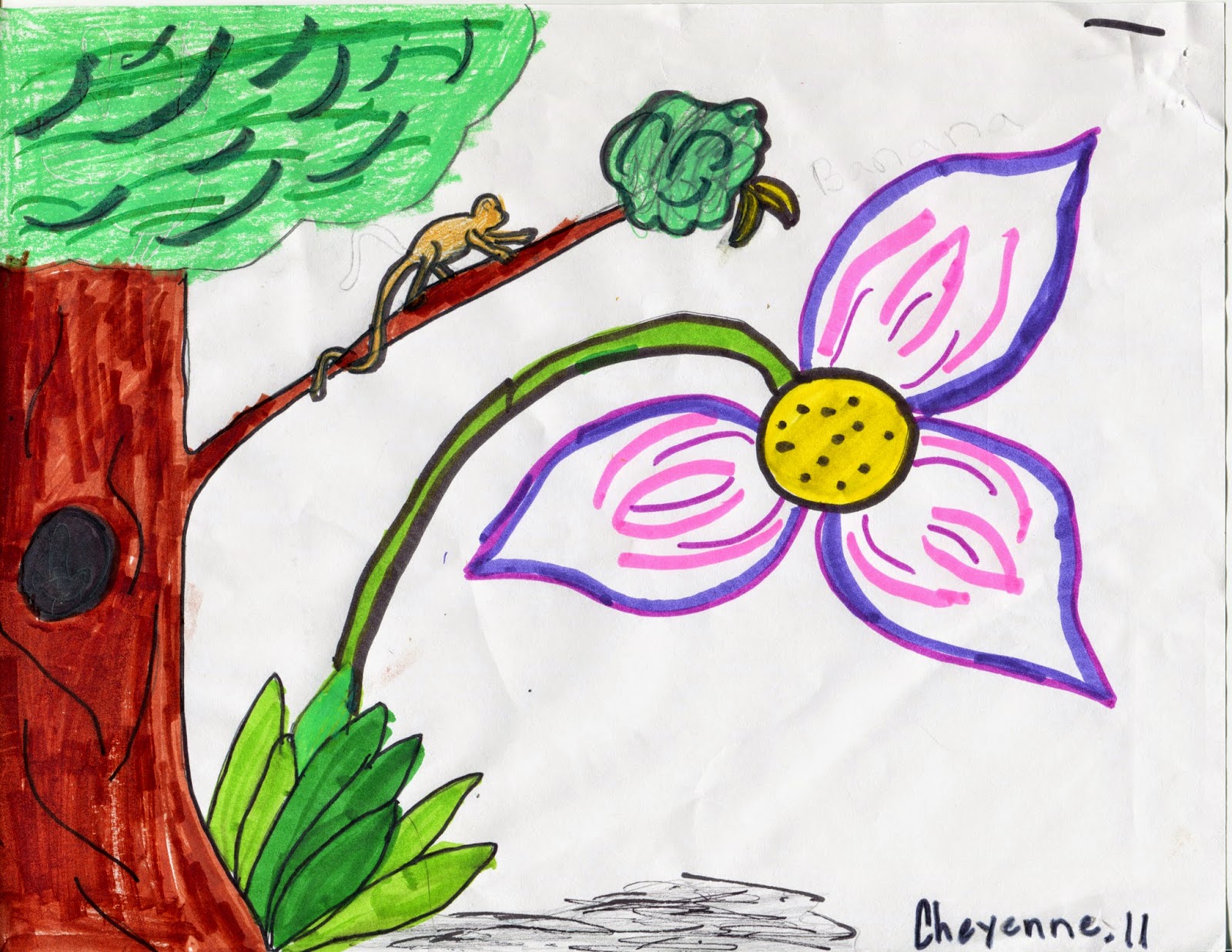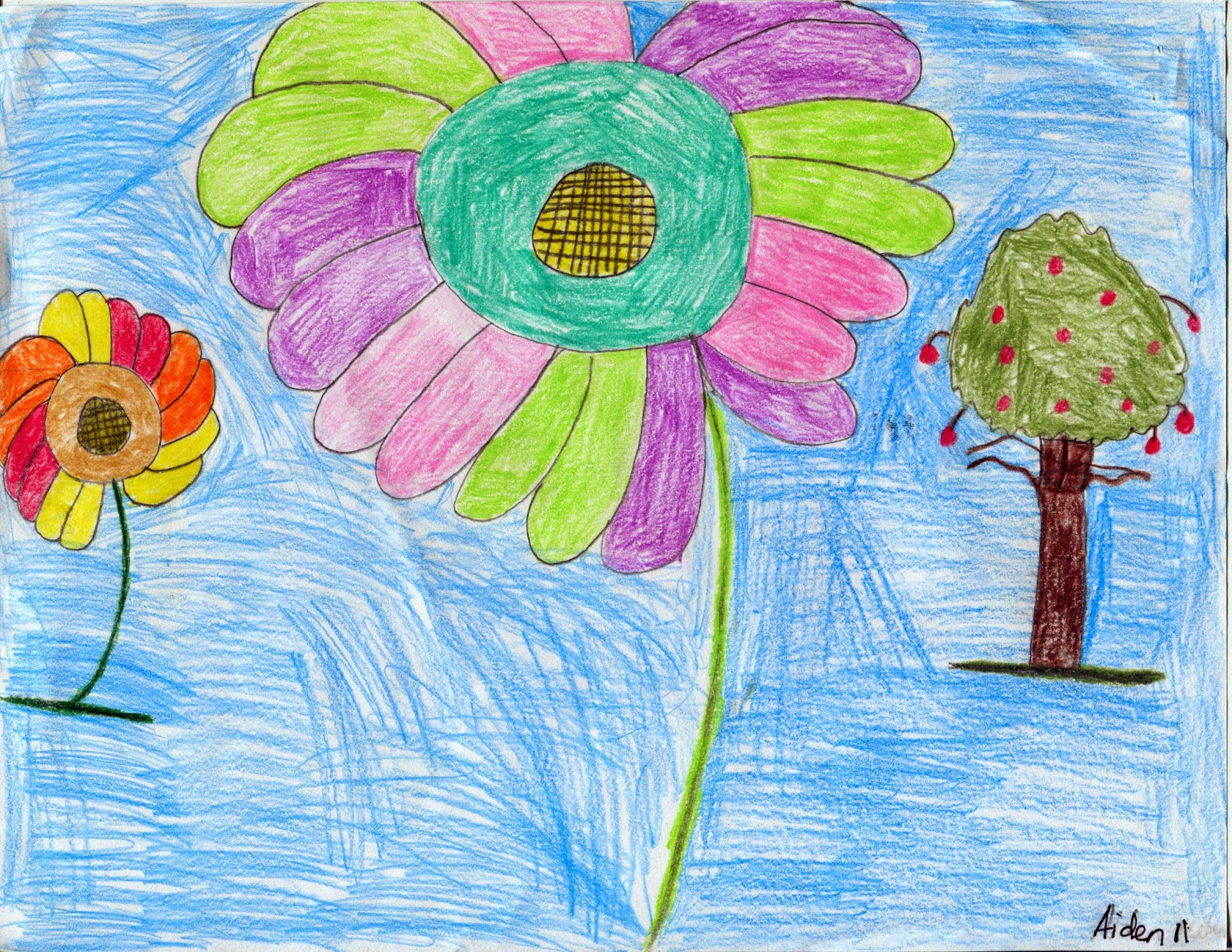 |
| Photo: Getty Images |
Using resources wisely and understanding water conservation is important in the Portland metro area. Portland receives about 37 inches of rainfall annually. Only about 12 percent of that precipitation falls June through September. We tend to use the highest amount of water during summer months when our water supply is at its lowest—water use can often double in our region during the summer months due to outdoor watering. This summer, the Regional Water Providers Consortium encourages you to hand your kids a bucket and shovel and turn gardening into a learning experience.
Living in rainy Oregon can make it tough for kids to connect the dots about saving water. Here are three activities that promote water conservation and produce tangible results.
1. Introduce your kids to the joy of gardening using native [and xeric plants]. Children love gardening. Helping kids plant a seed, start or fully rooted plant, care for it and watch it grow and bloom into a beautiful flower is a great way to introduce an understanding of the value of natural resources. Choosing native plants for children’s early gardening experiences is a great way to set them (and the environment) up for success. Once established, native plants are very low maintenance, require little to no pesticides or fertilizers, and survive on minimal water. [Editor’s note: Even native plants require water for the first year or two to get established.]
2. Give your soil a healthy boost with compost. Adding organic matter such as mulch or compost can greatly increase your soil’s ability to absorb and store water (especially important in our region, where the native soil is dominated by clay). Plus, it’s a great excuse for kids to dig! [Start a compost or worm bin to turn food scraps and clippings into garden gold.]
3. Use a watering gauge to make sure you water your garden efficiently. A watering gauge helps you see how long it takes your sprinkler to water an inch—about what grass needs each week. Once you know this, you can adjust your watering to meet your garden’s needs so that it gets just the right amount of water each week. Request a free watering gauge kit from RWPC, and follow the instructions together. The kits are available from July 7-31 for anyone who lives in the RWPC service territory (while supplies last; one per customer, please). Request your free watering gauge kit by calling 503.823.7528, emailing RWPCinfo@portlandoregon.gov or visiting RWPC’s Facebook page. Please include your mailing address, water provider name and how you heard about the offer.
Here are some additional resources offered by RWPC to help you create a waterwise garden that will be enjoyed by kids and adults alike:
• Water-Efficient Plants for the Willamette Valley: an online guide packed with photos and information about waterwise plants
• Planting & Maintaining Your Lawn: a brochure to help you get the most out of your lawn, with information on grass alternatives and waterwise maintenance
• The Weekly Watering Number: the amount of water in inches that your lawn needs each week, tailored to your zip code
The Regional Water Providers Consortium (a group of 20+ local water providers plus the regional government Metro) is committed to good stewardship of our region’s water through conservation, emergency preparedness planning, and water supply coordination. The Consortium provides resources and information to help individual and commercial customers save water.
